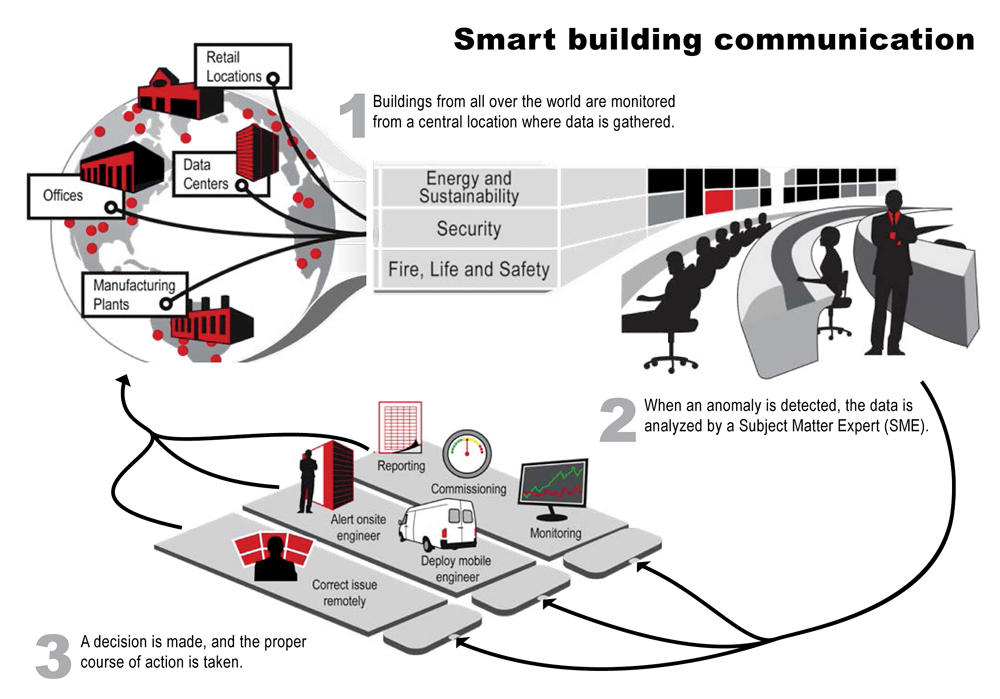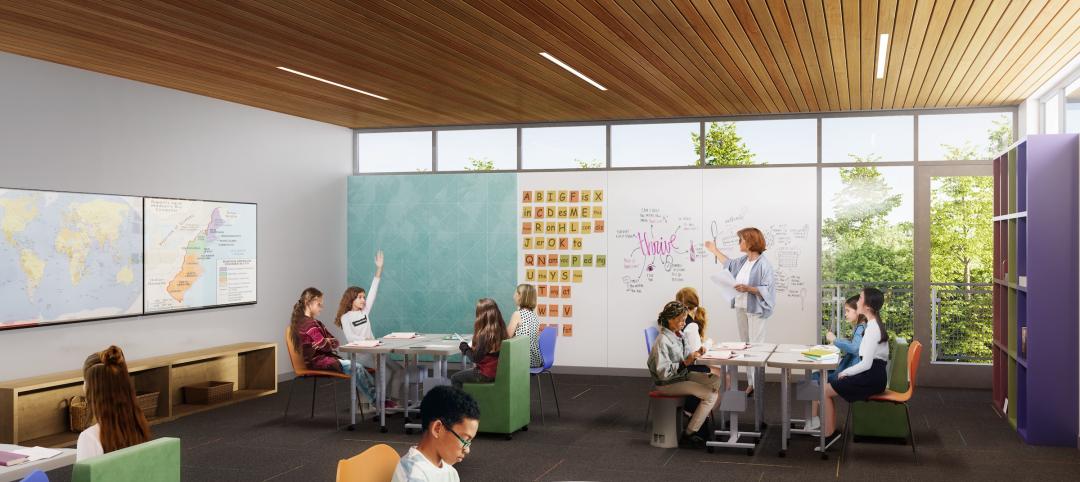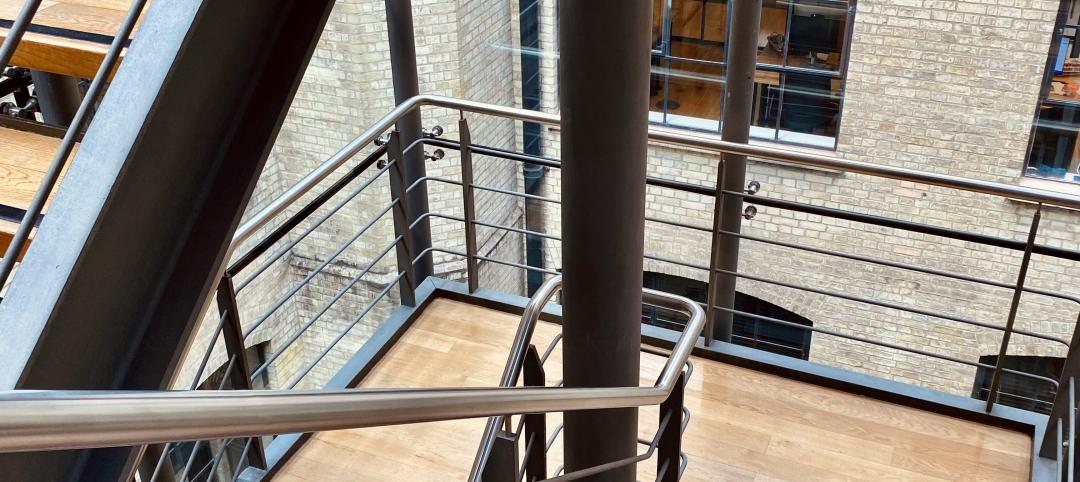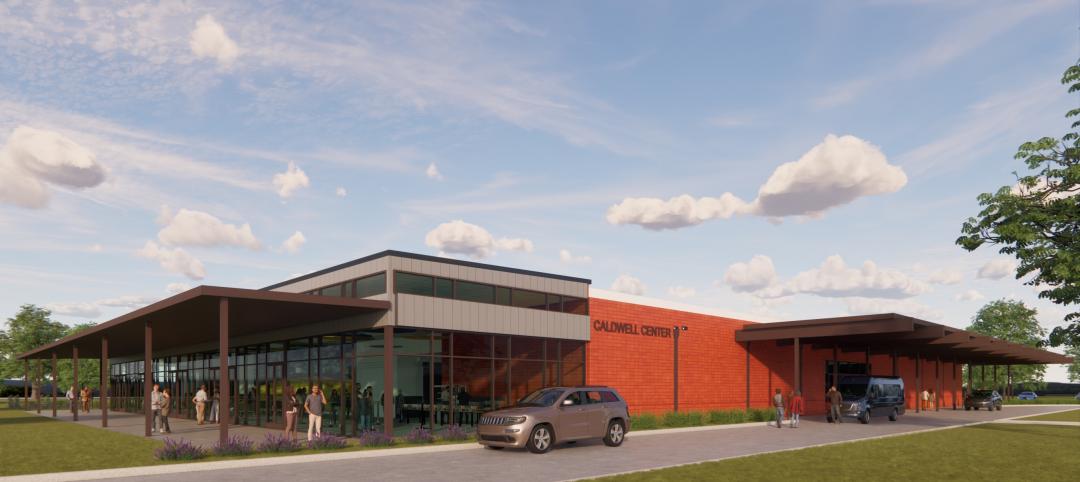Building automation systems and so-called “smart” controllers are nothing new. Building owners have been implementing remote monitoring and control systems for HVAC and lighting for decades. But with the cost of IT components like wireless sensors dropping and technologies like smart meters and cloud-based building management solutions coming on the market, a new era of connectivity and data generation is upon us.
The question becomes: How can commercial building owners leverage real-time, building-related data to more efficiently operate and maintain buildings? Can data analytics, for example, warn facilities teams about problems with equipment before they reach the point of failure? Can it detect subtle changes in fan speed, air temperatures, and energy consumption to trigger continuous adjustments to optimize equipment performance?
Real estate services giant Jones Lang LaSalle set out to answer these questions when it partnered with Pacific Controls to develop IntelliCommand, a 24/7 real-time remote monitoring and control service for its commercial real estate owner clients.
The service—which was pilot tested last year by Procter & Gamble on 12 of its buildings around the world, totaling 3.2 million sf—utilizes Pacific Controls’ wireless sensors to collect and send building performance data from various building automation systems to a remote command center operated by JLL. There, facilities operations experts who are well versed in data analytics and information technology are able to spot and diagnose anomalies that indicate a building system is not running efficiently.
The command center tracks data around the clock, allowing facilities experts to make constant adjustments to fine-tune building performance and address equipment problems before they become serious.
“We can do everything from test equipment to fix building controls remotely,” says Leo O’Loughlin, JLL’s Senior Vice President of Energy and Sustainability, who presented on the topic at BD+C’s BUILDINGChicago/Greening the Heartland conference in September. “For example, our command center has the ability to remotely test 500 VAV boxes in multiple buildings in multiple locations at 2 a.m. and then submit a work order for the 15 or 20 that need fixing.”
O’Loughlin calls JLL’s new service the future of commissioning—continuous, monitor-based commissioning versus the traditional approach of assess/diagnose/fix/let deteriorate. “It’s all about getting ahead of the maintenance curve,” he says.
The results from the P&G pilot test were impressive: energy costs were slashed by 10% across the 12 buildings in just 11 months, and the investment paid for itself in three months—all without implementing any major building system upgrades.
Managers were able to identify problems that manual inspections could not detect, according to O’Loughlin, including inaccurate thermostat default settings, a temperature anomaly indicating that a heater was operating when not needed, and room-to-room temperature differences that indicated malfunctioning dampers, triggering unnecessary air conditioning. The service saved 8% in energy costs at one pilot location simply by reducing HVAC activity on nights, weekends, and holidays.
“It makes smart buildings smarter,” says Larry Bridge, Global Facilities and Real Estate Governance Manager at P&G. Bridge is currently working with JLL to deploy IntelliCommand throughout its global real estate portfolio of 76 buildings. “Smart building technology is not just about energy cost savings,” he says. “We also get reliability improvements and more efficient work order production.”
Related Stories
K-12 Schools | Aug 29, 2024
Designing for dyslexia: How architecture can address neurodiversity in K-12 schools
Architects play a critical role in designing school environments that support students with learning differences, particularly dyslexia, by enhancing social and emotional competence and physical comfort. Effective design principles not only benefit students with dyslexia but also improve the learning experience for all students and faculty. This article explores how key design strategies at the campus, classroom, and individual levels can foster confidence, comfort, and resilience, thereby optimizing educational outcomes for students with dyslexia and other learning differences.
Museums | Aug 29, 2024
Bjarke Ingels' Suzhou Museum of Contemporary Art conceived as village of 12 pavilions
The 60,000-sm Suzhou Museum of Contemporary Art in Suzhou, Jiangsu, China recently topped out. Designed by Bjarke Ingels Group (BIG), the museum is conceived as a village of 12 pavilions, offering a modern interpretation of the elements that have defined the city’s urbanism, architecture, and landscape for centuries.
Adaptive Reuse | Aug 28, 2024
Cities in Washington State will offer tax breaks for office-to-residential conversions
A law passed earlier this year by the Washington State Legislature allows developers to defer sales and use taxes if they convert existing structures, including office buildings, into affordable housing.
Industrial Facilities | Aug 28, 2024
UK-based tire company plans to build the first carbon-neutral tire factory in the U.S.
ENSO, a U.K.-based company that makes tires for electric vehicles, has announced plans to build the first carbon-neutral tire factory in the U.S. The $500 million ENSO technology campus will be powered entirely by renewable energy. The first-of-its-kind tire factory aims to be carbon neutral without purchased offsets, using carbon-neutral raw materials and building materials.
Architects | Aug 28, 2024
KTGY acquires residential high-rise specialist GDA Architects
KTGY, an award-winning design firm focused on architecture, interior design, branded environments and urban design, announced that it has acquired GDA Architects, a Dallas-based architectural firm specializing in high rise residential, hospitality and industrial design.
K-12 Schools | Aug 26, 2024
Windows in K-12 classrooms provide opportunities, not distractions
On a knee-jerk level, a window seems like a built-in distraction, guaranteed to promote wandering minds in any classroom or workspace. Yet, a steady stream of studies has found the opposite to be true.
Building Technology | Aug 23, 2024
Top-down construction: Streamlining the building process | BD+C
Learn why top-down construction is becoming popular again for urban projects and how it can benefit your construction process in this comprehensive blog.
Airports | Aug 22, 2024
Portland opens $2 billion mass timber expansion and renovation to its international airport
This month, the Portland International Airport (PDX) main terminal expansion opened to passengers. Designed by ZGF for the Port of Portland, the 1 million-sf project doubles the capacity of PDX and enables the airport to welcome 35 million passengers per year by 2045.
Adaptive Reuse | Aug 22, 2024
6 key fire and life safety considerations for office-to-residential conversions
Office-to-residential conversions may be fraught with fire and life safety challenges, from egress requirements to fire protection system gaps. Here are six important considerations to consider.
Resiliency | Aug 22, 2024
Austin area evacuation center will double as events venue
A new 45,000 sf FEMA-operated evacuation shelter in the Greater Austin metropolitan area will begin construction this fall. The center will be available to house people in the event of a disaster such as a major hurricane and double as an events venue when not needed for emergency shelter.


















